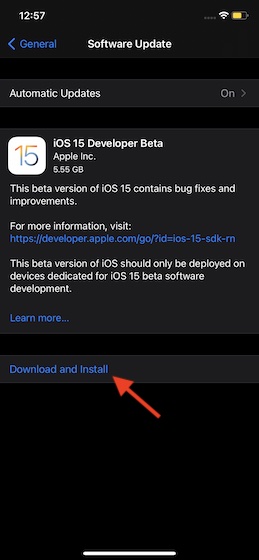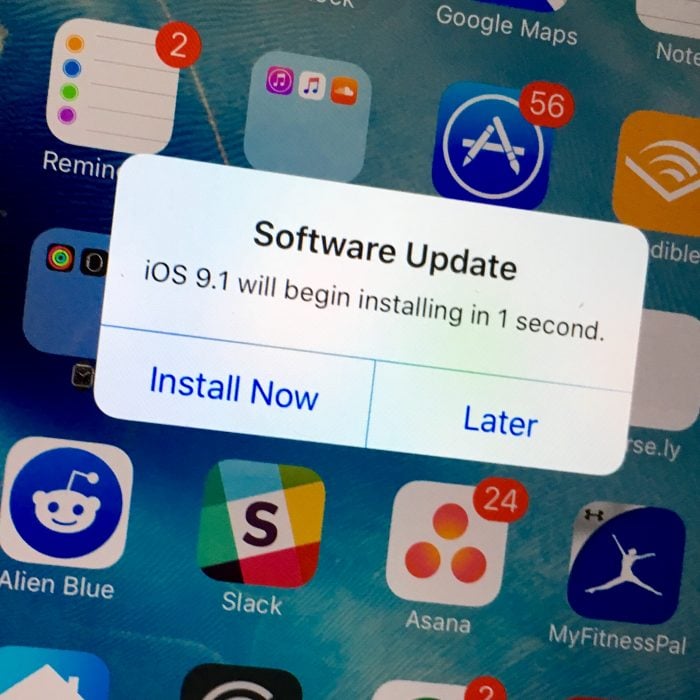

One way to solve the problem on your phone is to delete the update, which is highly recommended. You can actually find and remove your recently downloaded update from this screen. In fact, your iPhone includes a menu where you can see the updates that have been downloaded.

However, this does not rule out the possibility of repairing a defective update on your phone. If you try to do it yourself, you risk bricking the device, which would permanently harm your phone. It’s quite likely that you’ll have to take your phone to a repair shop to get it repaired. These hardware problems are often difficult to detect and resolve. This may cause your iPhone to behave in unexpected ways, including how it downloads, prepares, and installs updates. On the hardware side, it’s possible that your device has been physically damaged. This may prevent your phone from receiving new updates. Other software problems, such as a small bug in your current iOS version, may also be present. The problem is typically caused by a partially downloaded update file or a problem with your Internet connection on the software side. If you see an error saying “ iPhone unable to check for update” or the step is taking considerably longer than it should, there is probably a problem with your device’s hardware or software. This update process preparation should just take a few minutes to complete. When you want to download and install an update on your iPhone, one of the stages it goes through is preparation for the update.


 0 kommentar(er)
0 kommentar(er)
